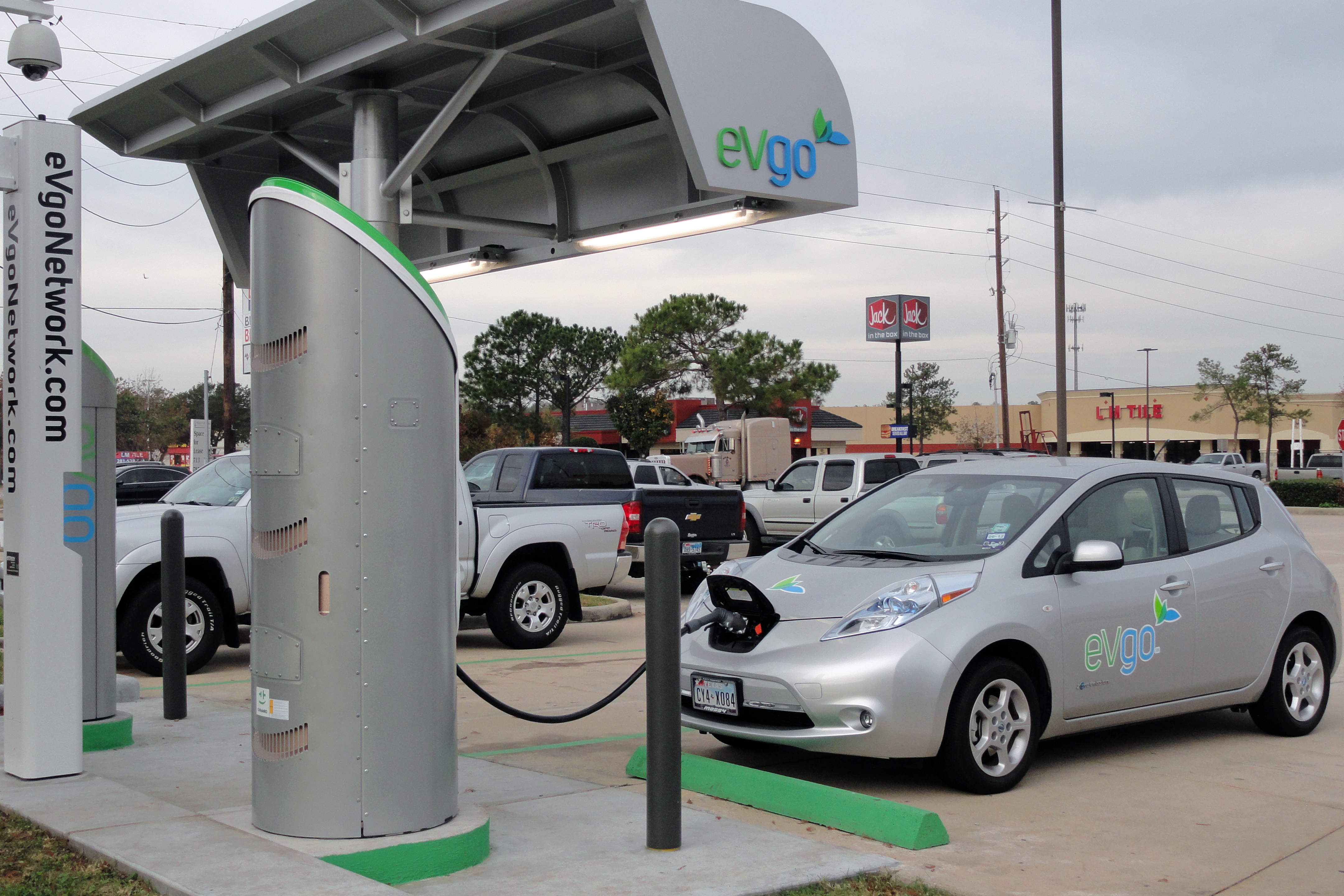Applications, Blog
New Magnet Technology Reduces Prices of Hybrid and EV Vehicles
A new type of permanent magnet containing neodymium—a rare earth element more abundant than those currently used—is being developed by a research team led by Dr. Kazuhiro Hono at the National Institute for Materials Science (NIMS) in Japan. This new magnet promises to potentially replace the existing magnets, which could reduce the cost of hybrid and electric vehicles.
Currently, hybrid and electric vehicle motors are expensive due to the use of permanent magnets made from 27% rare earth metals—a scarce and costly resource. According to the NIMS research team, the new magnetic steel (NdFe12N) has a composition ratio of neodymium (Nd), iron (Fe), and nitrogen (N) of 1:12:1. In contrast, the neodymium content in this new material is only 17%, compared to 27% in the currently used boron (B) magnetic steel, which has the chemical formula Nd2Fe14B. Boron (B) magnetic steel is currently the strongest type of permanent magnet available.
Typically, permanent magnets lose their magnetism if the temperature reaches a certain threshold, but they regain their magnetism once the temperature drops. The magnetism of this new permanent magnet is maintained at up to 2000°C. This is the highest temperature compared to the permanent magnets used in water heater thermostats (1000°C), rice cooker thermostats (1200°C), and current electric vehicle motors (1500°C). This breakthrough is highly significant, particularly for its application in electric motors for hybrid and EV vehicles—these motors often operate in conditions exceeding 1500°C.
Currently, rare earth metals are mainly supplied by China. However, China is implementing export restrictions and continuously increasing export taxes on rare earth elements, causing difficulties for related industries worldwide. Neodymium permanent magnets are the strongest type of magnets and are essential in various industrial applications such as computer hard drives, smartphones, hybrid vehicles, and wind turbines. In response to these challenges, manufacturers are compelled to enhance research and find solutions to reduce dependence on rare earths in permanent magnet production. Thus, Dr. Kazuhiro Hono’s invention not only represents a significant advancement in electric vehicle technology but also provides opportunities for various other industries, including information technology, to produce more affordable products.



